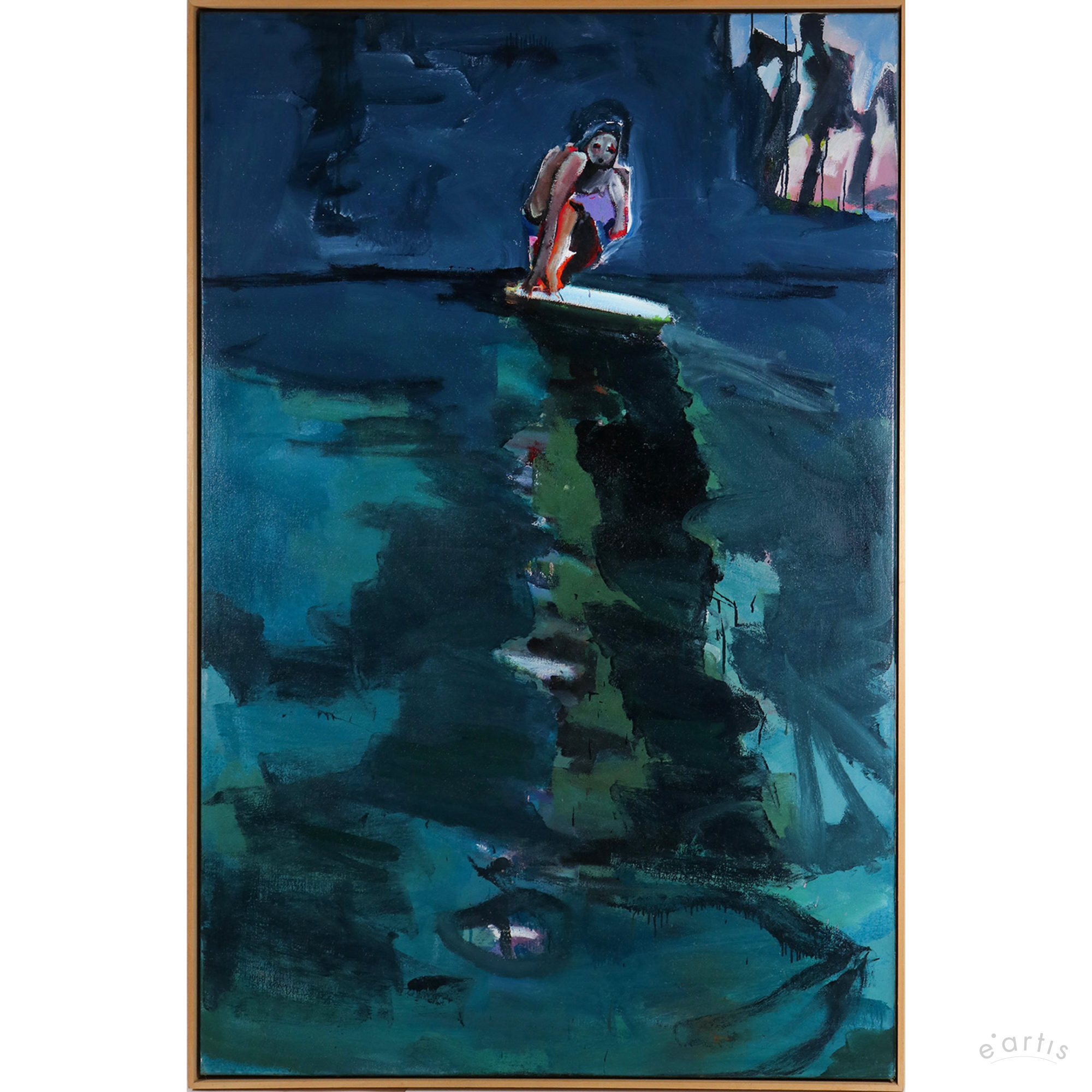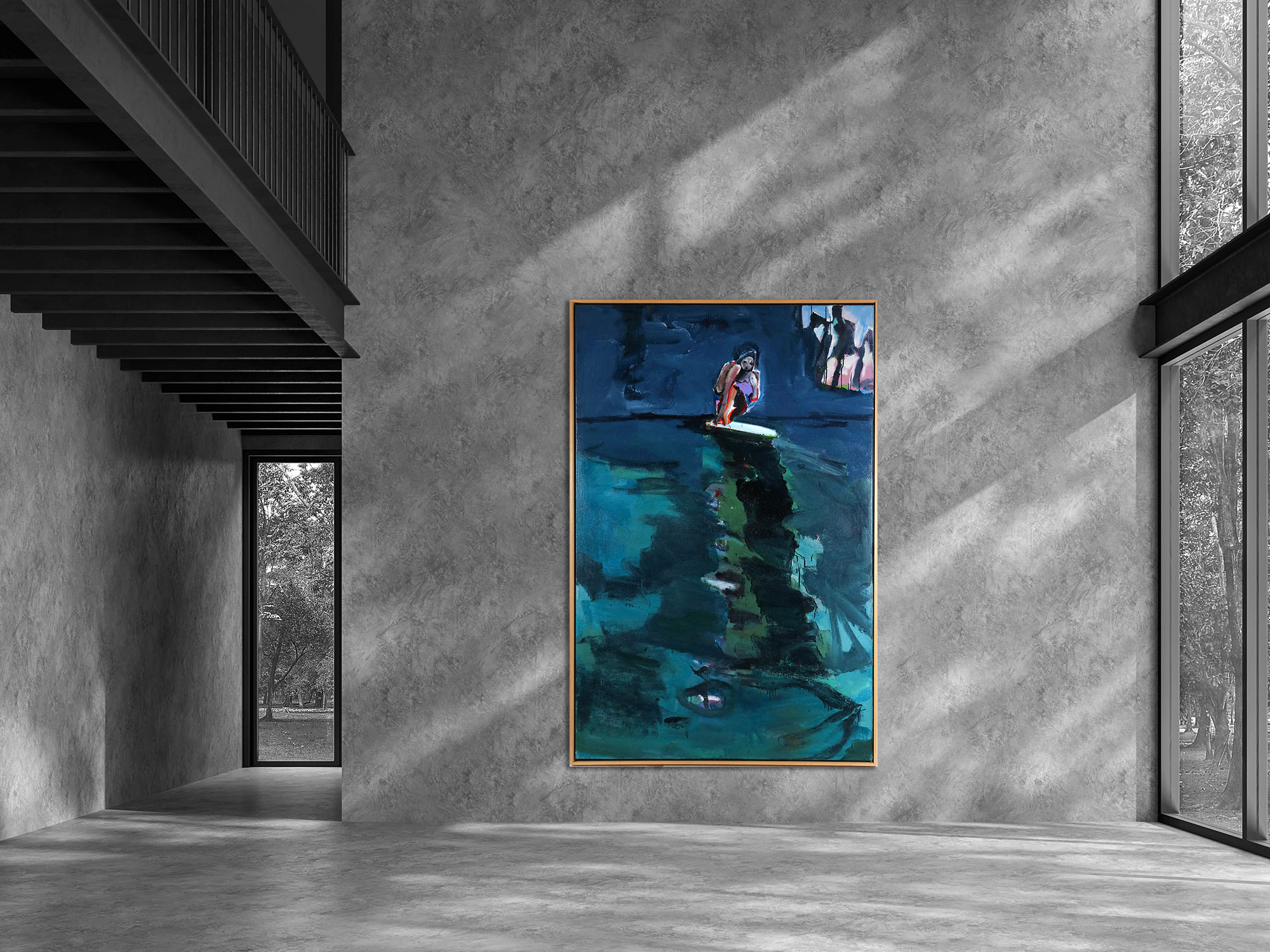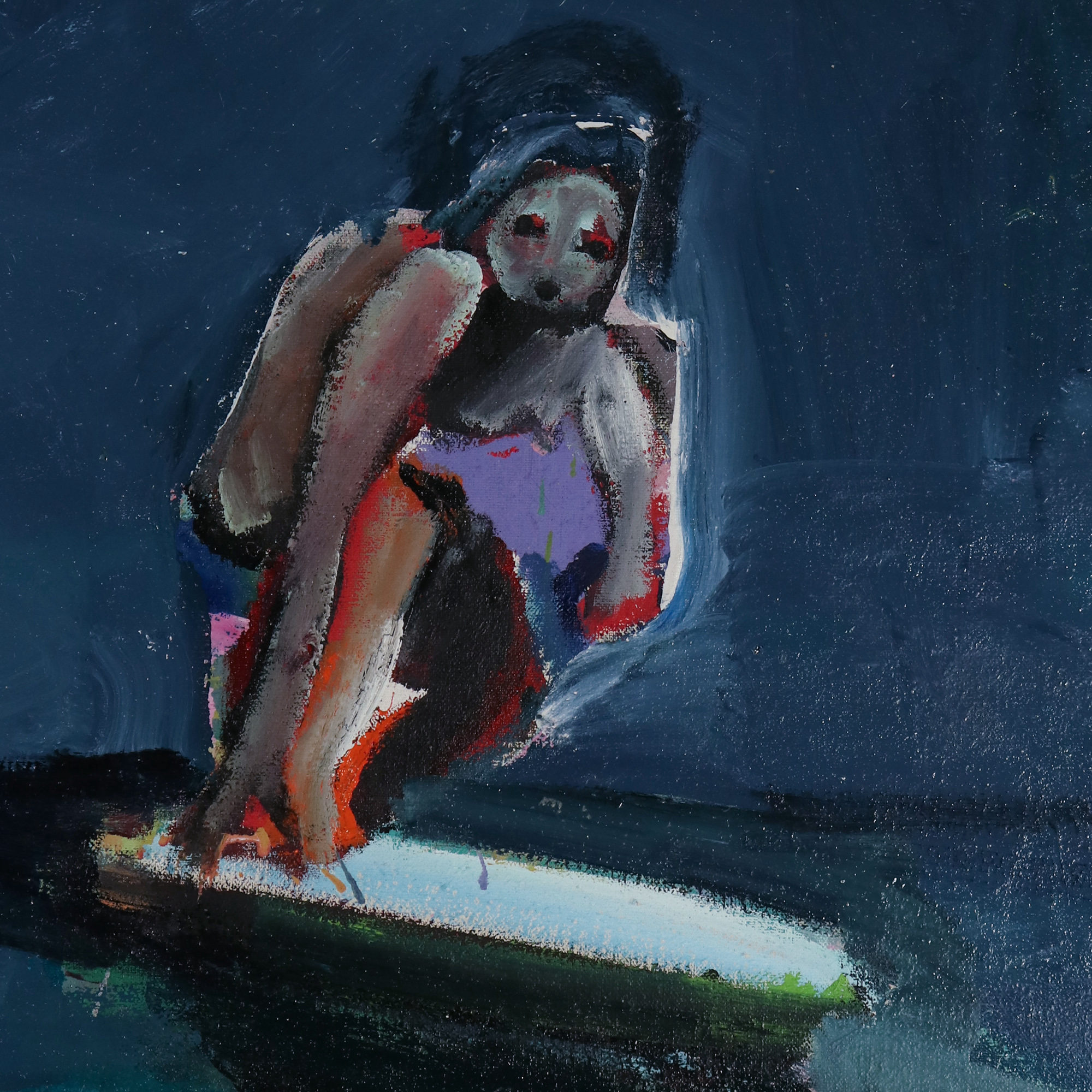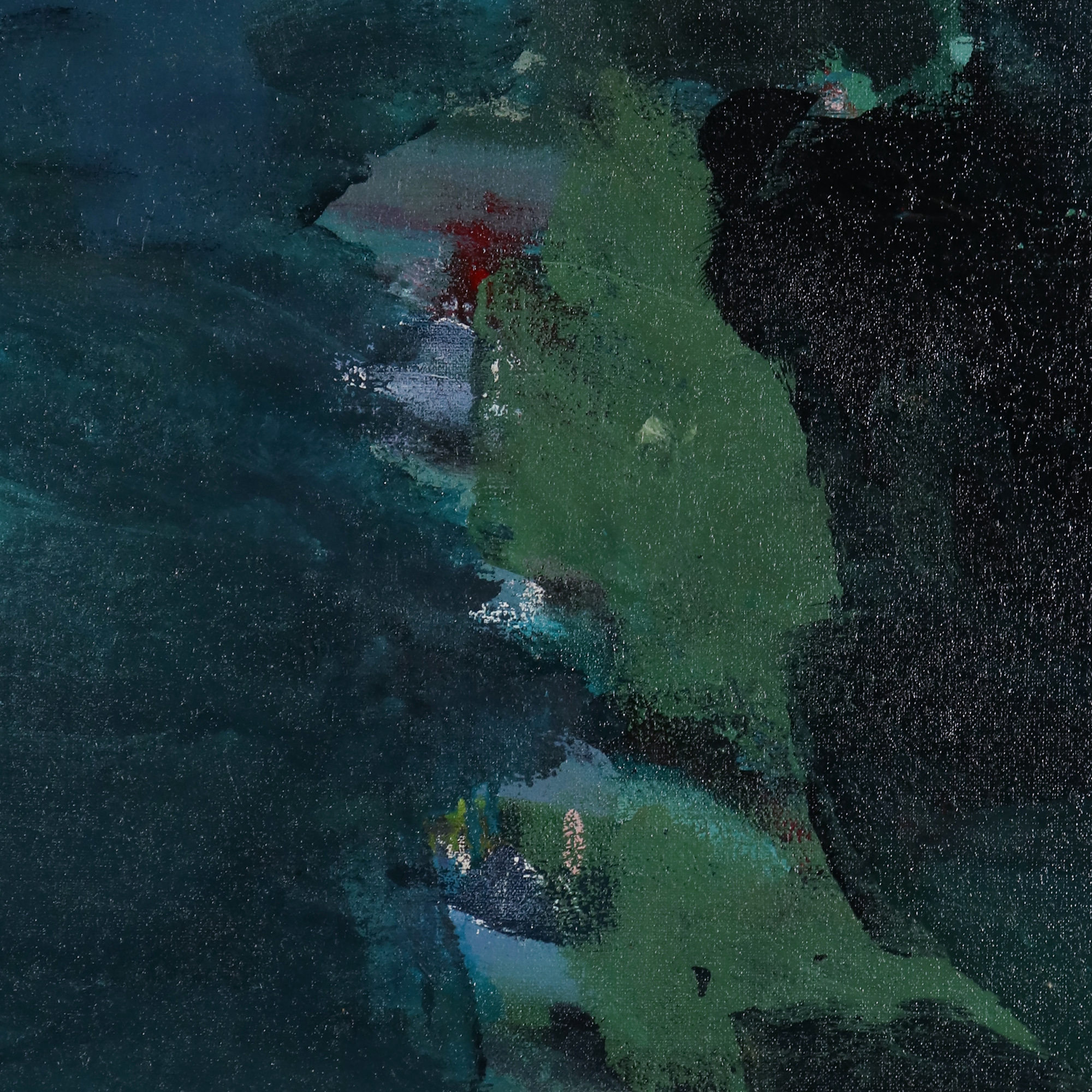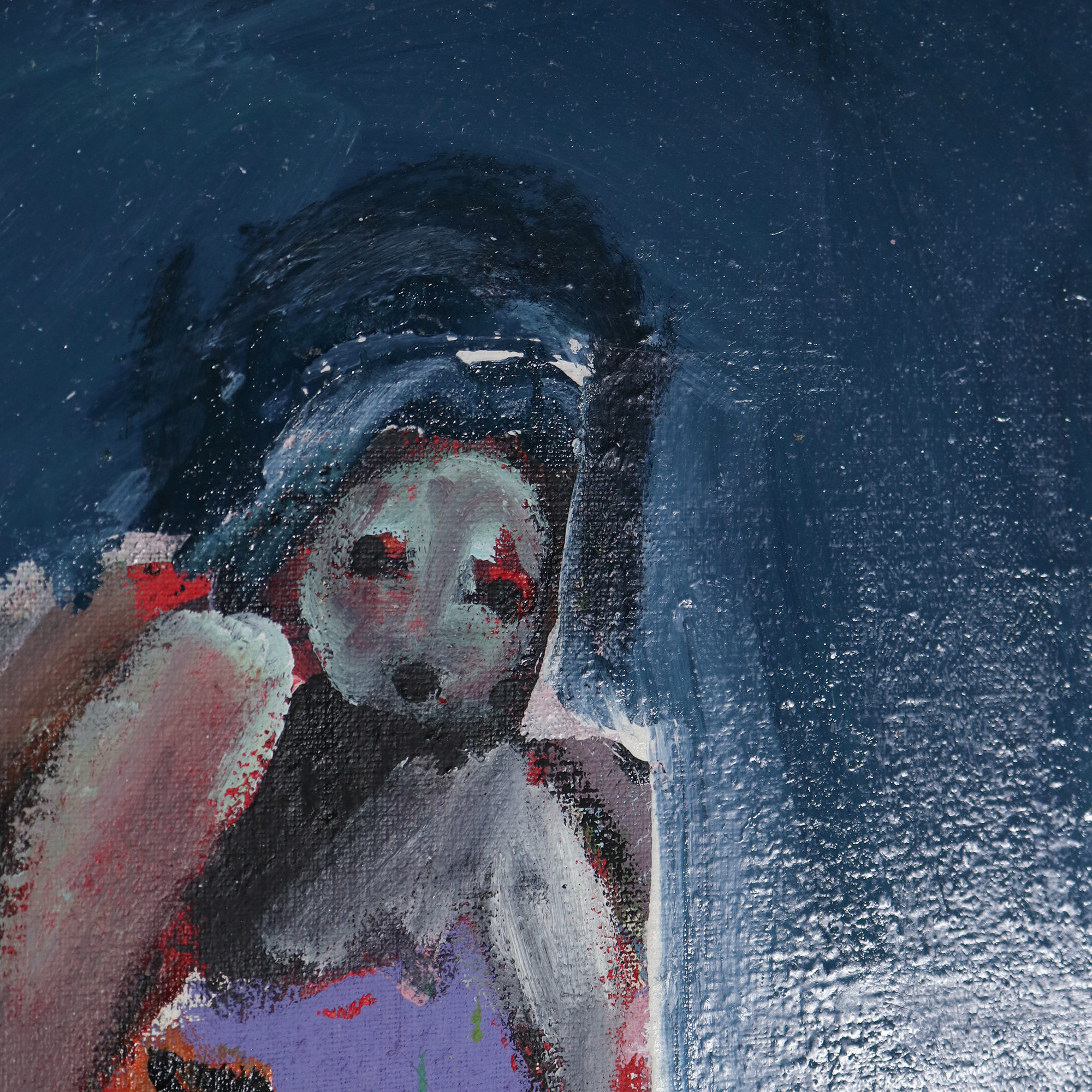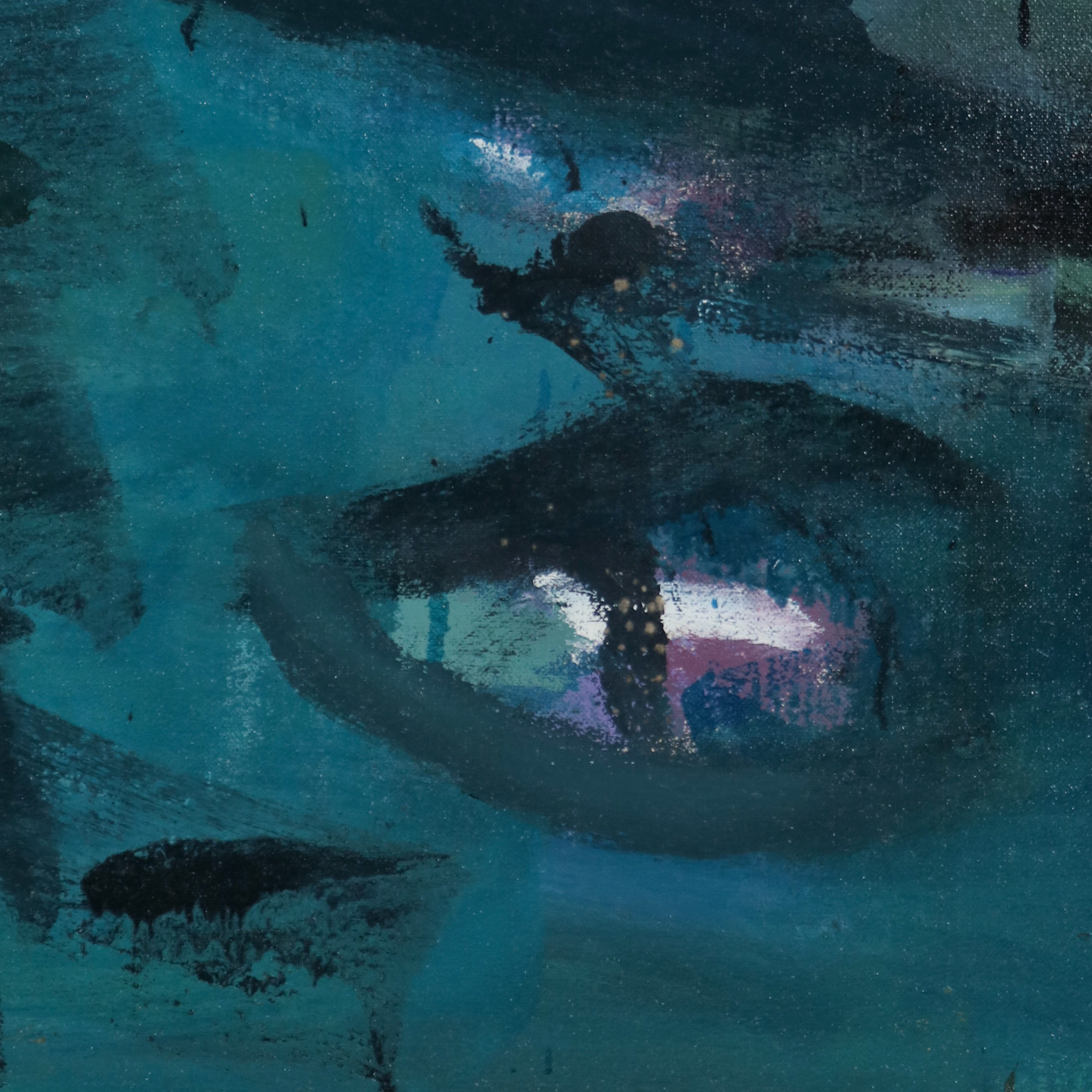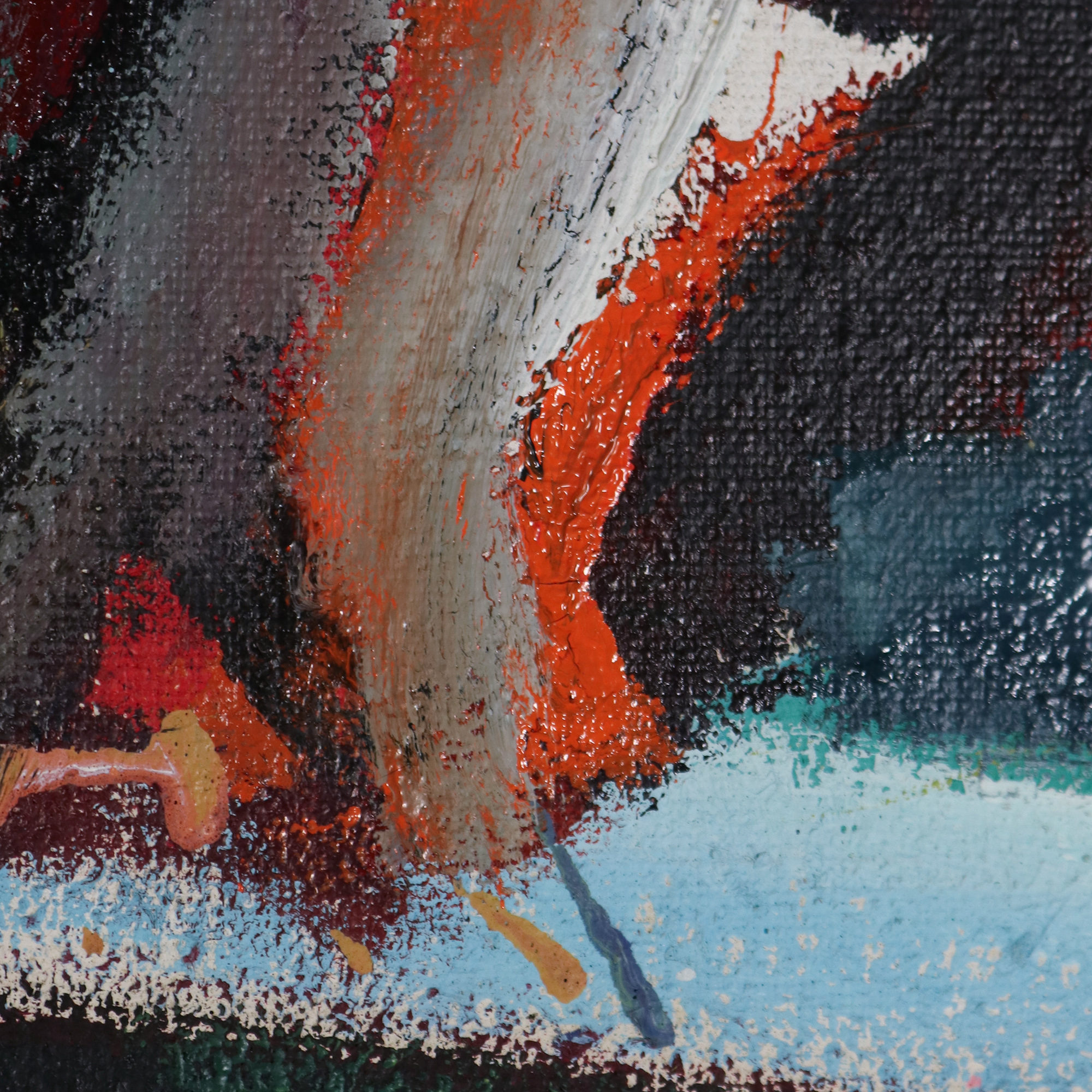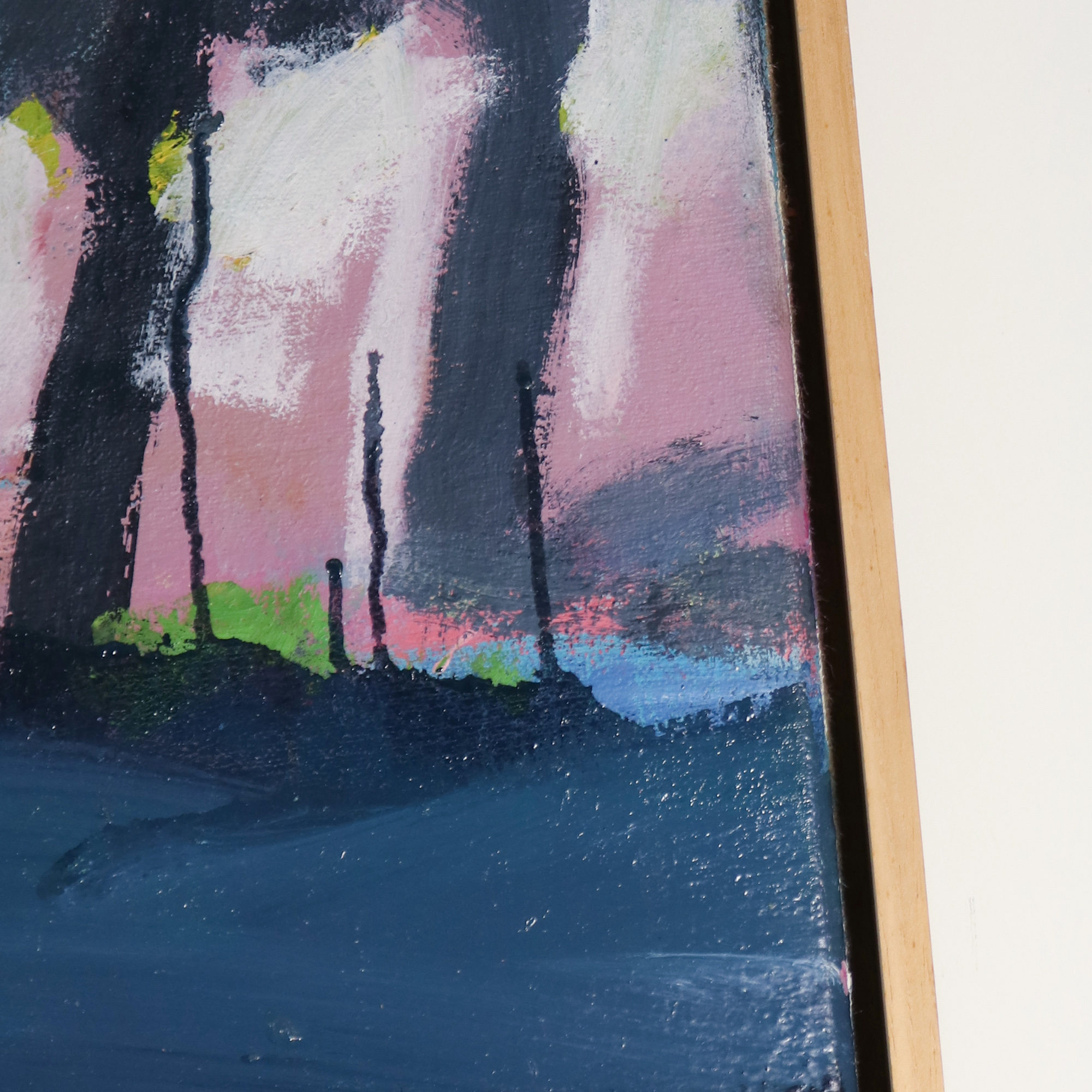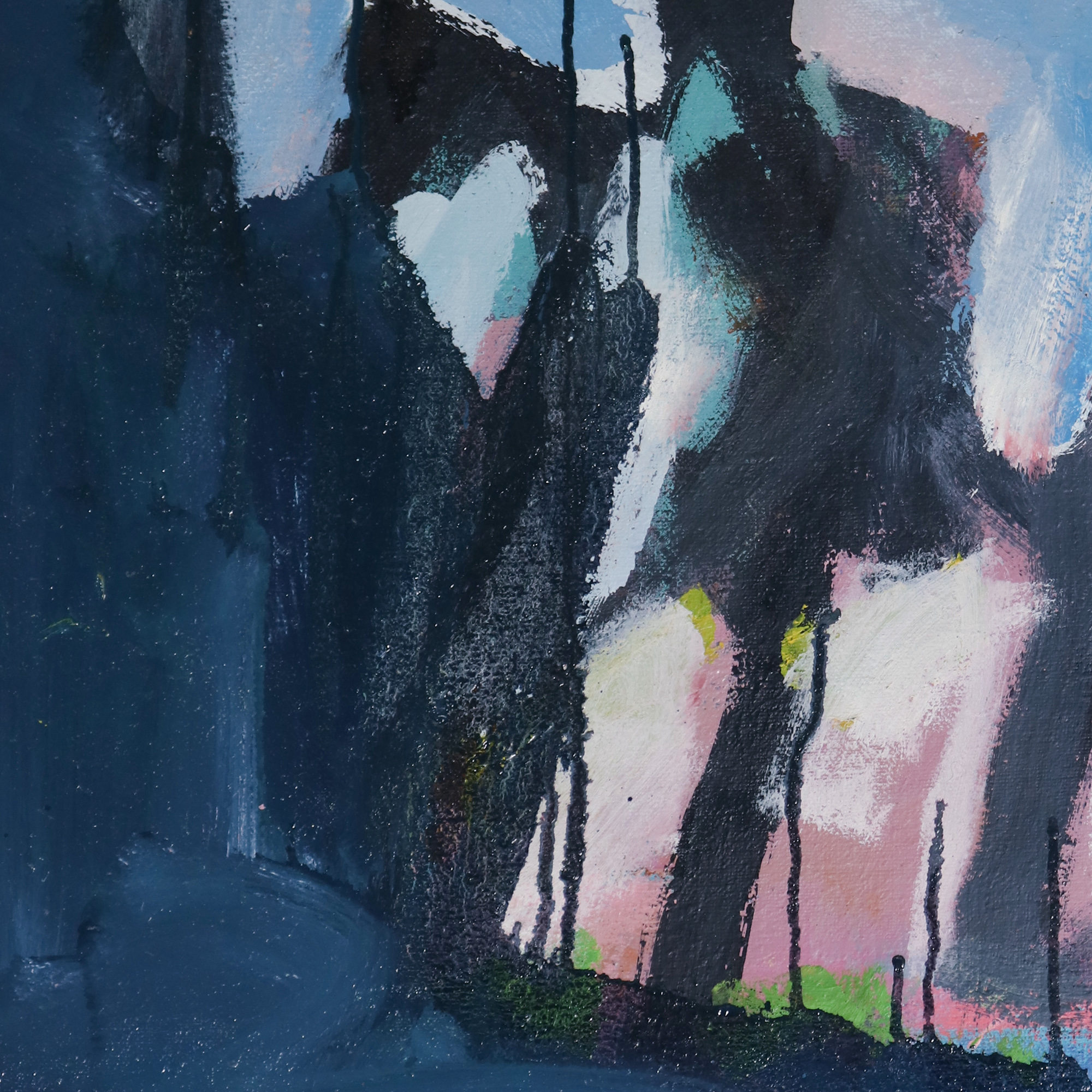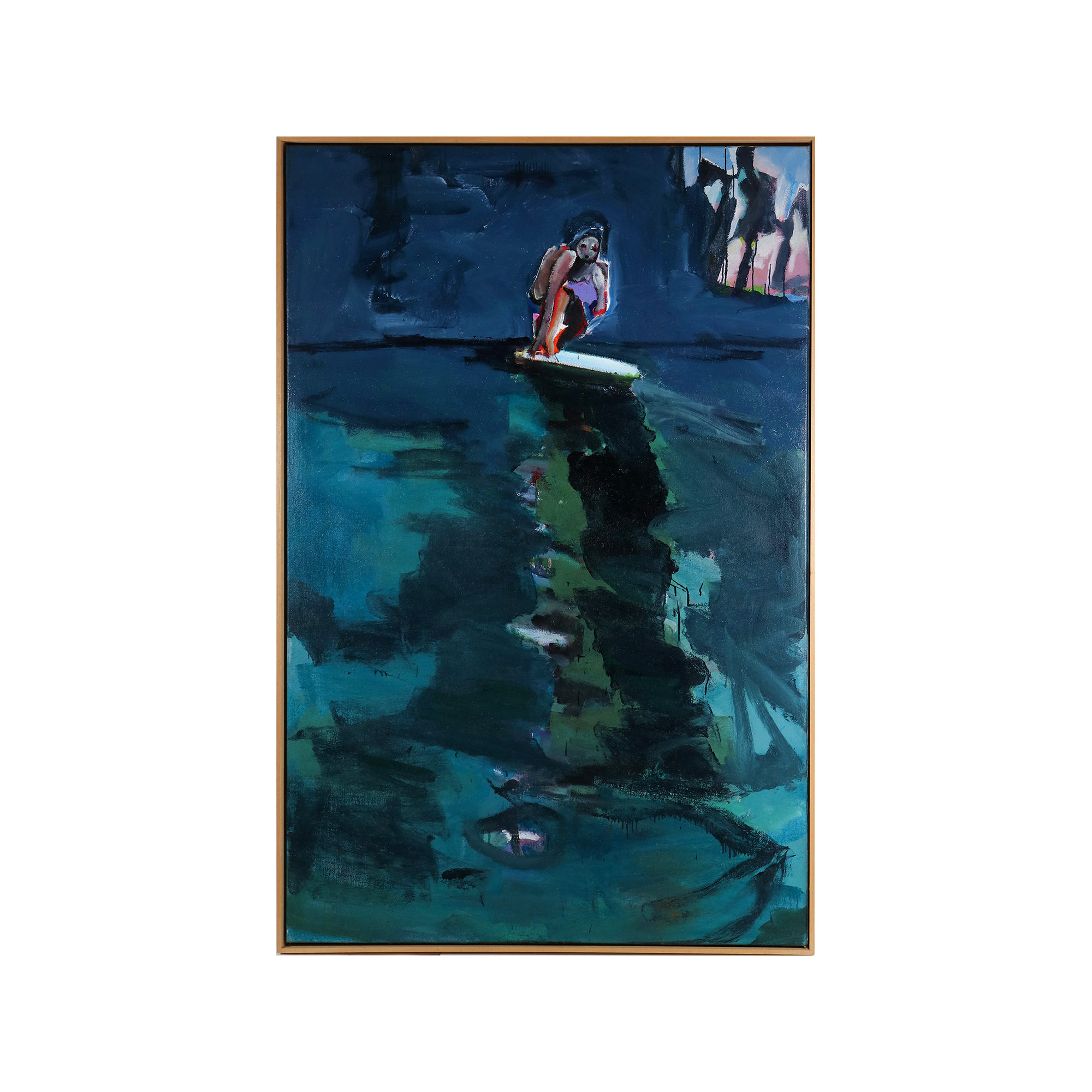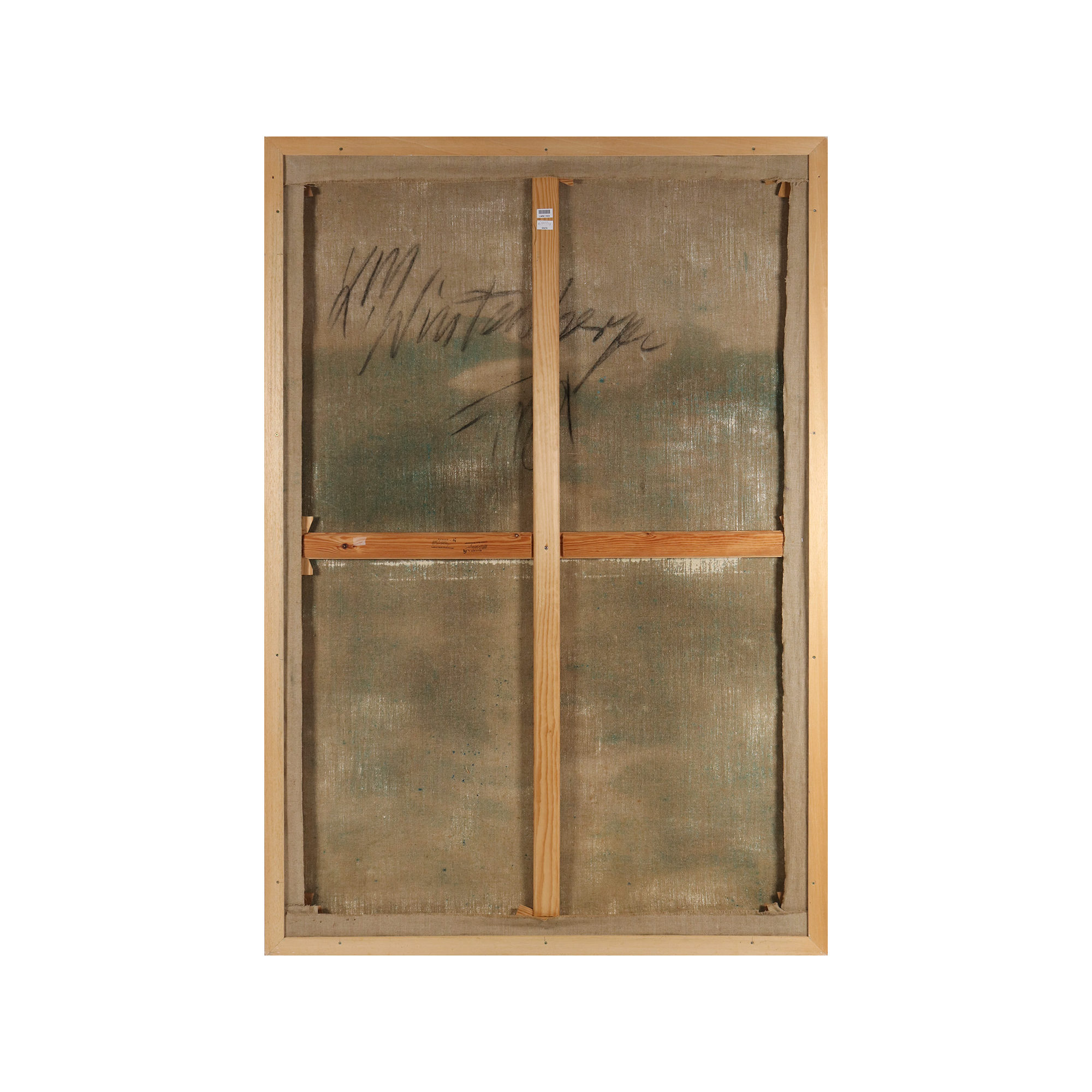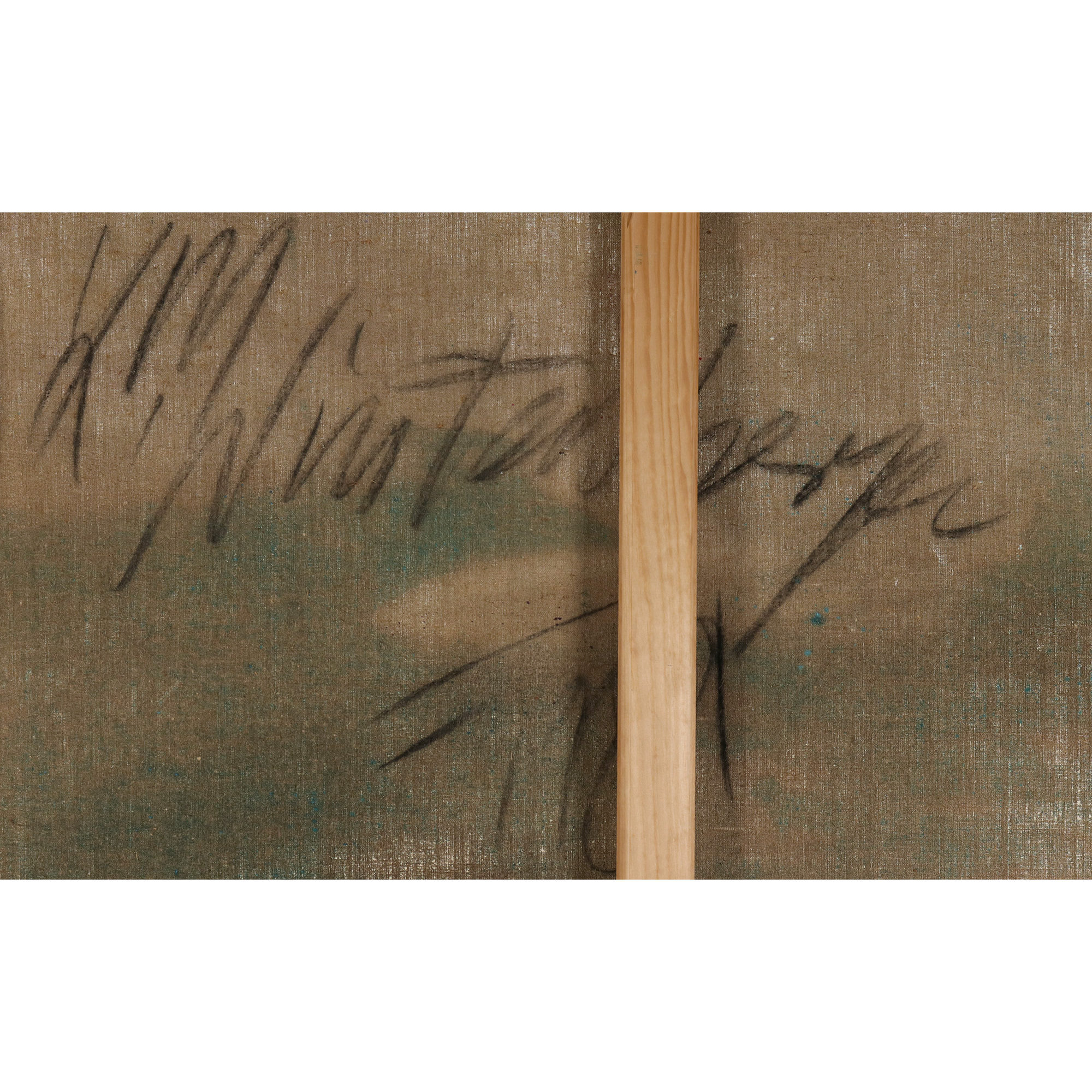| Category | Malerei |
|---|---|
| artist | Wintersberger, Lambert Maria |
| year | 1989 |
| Title | Surfer |
| size 1 |
Canvas
190,5 x 130,5 cm
Frame: 194,5 x 134,5 cm |
| material | Oil on canvas |
| edition | Unique |
| signature | Verso signed and dated: LM Wintersberger / 1989Verso estate stamp |
| publication |
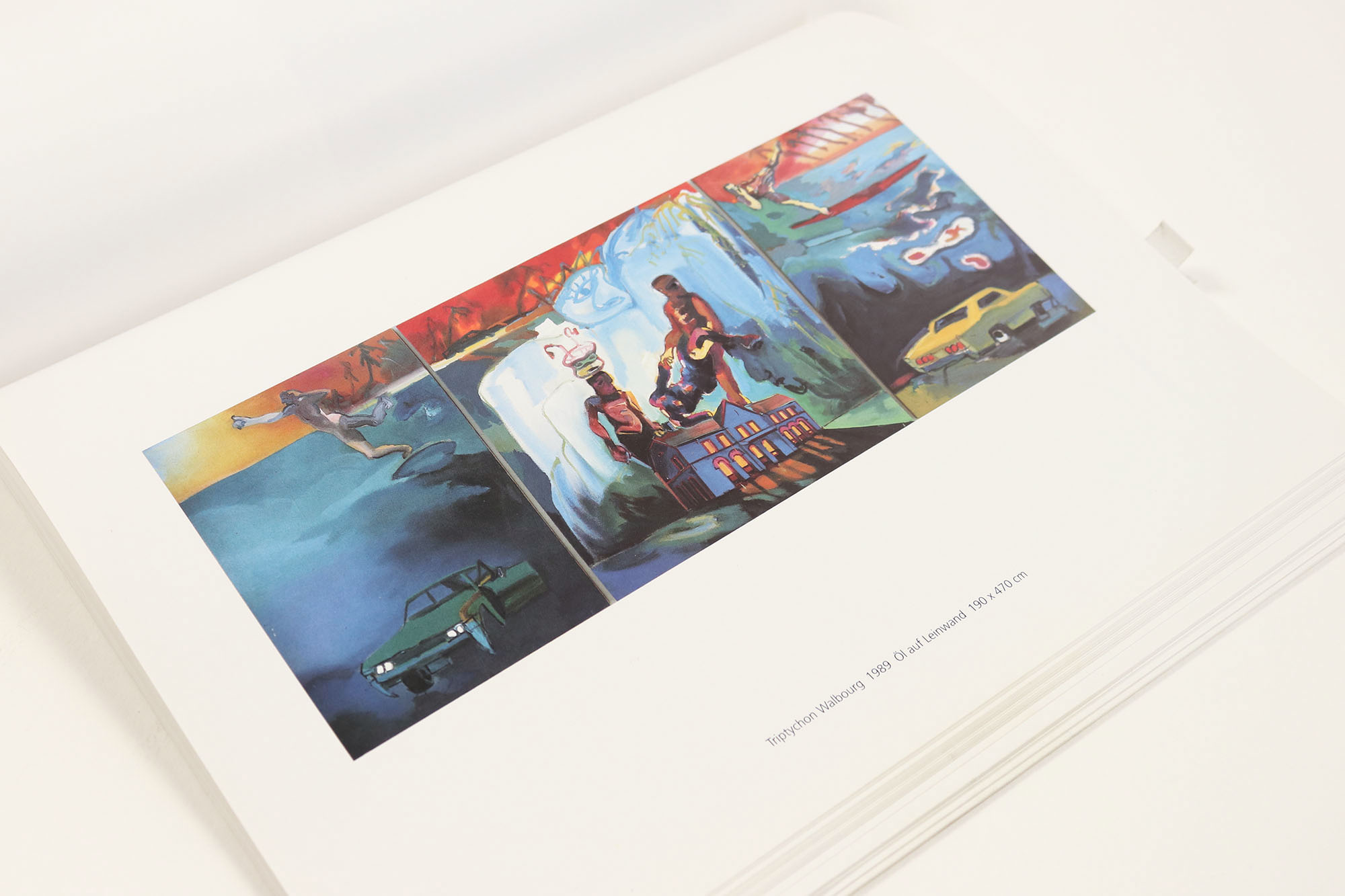 Galerie Eva Poll (1989). Lambert M. Wintersberger. Amerikanisches Tagebuch.[Katalog: Ausstellung 30. Oktober - 2. Dezember 1989]. Berlin: Verlag der Galerie Eva Poll vgl. Galerie der Stadt Kornwestheim (1994). Lambert Maria Wintersberger. Malerei - Plastik - Zeichnung 1972-1994. [Katalog: Ausstellung 5.02.1994 - 24.04.1994]. Kornwestheim: Galerie der Stadt. S.43 |
| Provenance | Estate of the artist |
Lambert Maria Wintersberger Surfer (1989)
- Oil painting with frame - 1.9 meters high!
- Inspired by travelling and exoticism - surfer over deep blue
- German pioneer of Pop Art - co-founder of Großgörschen 35 in Berlin
- From the estate of the artist
€15,000.00*
- The artwork is available immediately and can be viewed at any time in our gallery.
- Ready for shipment within 2 days.
- Free shipping within Germany.
Informations
condition
|
The Painting is in a very good condition |
artist
|
Der Maler Lambert Maria Wintersberger gilt als einer der Pioniere der deutschen Pop-Art. Gemeinsam mit Markus Lüpertz, Karl Horst Hödicke, Bernd Koberling und anderen gründete er die Gruppe Großgörschen 35 in Berlin. Sie gilt als eine der ersten sogenannten “Produzentengalerien” und hatte Modellcharakter. Ursprünglich stammte Lambert Maria Wintersberger aus Süddeutschland. Er wurde 1941 in München geboren. Seine Künstlerlaufbahn begann er 1958 als Dekorations-, Kirchen- und Glasmaler sowie Mosaikbildner. 1959 nahm er als Schüler von Blasius Spreng sein Studium an der Akademie in München auf. 1961 wechselte er nach Florenz und belegte Kurse an der Accademia di Belle Arti. Er studierte die Meister der italienischen Malerei und bereiste die Landschaft der Toskana. 1964 wechselte Wintersberger aus Italien in das geteilte Berlin und arbeitete als freischaffenden Künstler. Gemeinsam mit Künstlerkollegen gründete er in einer ehemaligen Fabriketage in Berlin-Schöneberg die Selbsthilfegalerie Berliner Künstler, benannt nach der Anschrift Großgörschenstraße 35. Die Gruppe Großgörschen 35 existierte von 1964 bis 1968. Die Arbeit des Künstlers Wintersberger wurde 1968 mit dem Burda-Preis der Stadt München geehrt. 1969 verließ Wintersberger Berlin und siedelt nach Stuttgart über. Im folgenden Jahr erhielt er den Preis für Malerei auf der 6. Biennale der Jugend in Paris und wechselte nach Köln. Aber nicht viel später zog er weiter: 1971 bis 1972 setzte er seine Arbeit in den USA fort. 1974 bis 1977 kam er nach Deutschland zurück und nahm einen Lehrauftrag an der Kunstakademie in Düsseldorf an. 1980 bis 1985 ging er zurück nach Stuttgart und letztlich nach Walbourg im Elsass, wo er sich langfristig niederließ. Er ist 1992 der Preisträger des Centre Européen d’Actions Artistique Contemporaines in Strasbourg. Lambert Maria Wintersberger lebte und arbeitete bis zu seinem Tod im Jahr 2013 in Walbourg (Frankreich) in einem alten Bahnhof, den er seit 1985 als Wohnsitz und Atelierhaus umgebaut hatte. |
e.artis safety
Art trade is a matter of trust.
Features and remarks
Here you have the opportunity to acquire a representative original painting by Lambert Maria Wintersberger.
America Trip 1987-88
The oil painting from 1989 was probably created in the context of Wintersberger's study trip to Omaha, Nebraska (USA). The artist received a scholarship in 1987-88, which enabled him to work at the Bemis Center for Contemporary Arts in Omaha and to travel around the USA.
A similar painting was exhibited as the left wing of the triptych “Walbourg” in 1989 and 1994. This is a single painting.
In 1989, Galerie Poll in Berlin presented a solo exhibition entitled “American Diary” with works that were created there and document an existentialist, dark perspective on stereotypes and pop culture in the USA: Palm trees, road trips and the glittering world verso myth and home.
The almost 5-meter-wide triptych “Walbourg” was certainly presented there as a highlight. In 1994, it was exhibited again in the retrospective at the Galerie der Stadt Kornwestheim.
The comparable painting shows the artist's warmly lit studio in the Alsatian town of Walbourg with a group of enigmatic figures. Above them, a flaming strip of palm trees glows above the blue sea and black shallows. To the left and right, surfers struggle with their balance and wide American cars invite you to take a road trip.
The picture offered here was probably taken as a single image. It varies this surfer motif in Wintersberger's characteristic way: The surfer now appears confident and in control, racing across the turquoise blue water in a crouched position.
However, his long shadow extends into the infinite depths of the sea, where only a few strokes suggest a face with animal-like features. Is it threatening or only watching?
Myths and metamorphoses
Wintersberger shows his unmistakable mastery here: objects that are banal in themselves are enigmatically heightened by the expressive use of colour, small, irritating alienation effects and unexpected composition.
Often his figures are almost in a state of flux, as if in a state of undecided formation, in which elements of animate and inanimate matter - limbs, objects, animals, people and mythological beings - seem to be simultaneously connected and merge into one another in the same figure.
I can only rely on my limited means, on the fact that with colour something comes into being that firstly surprises me and secondly is true and then stands against everything else.
(L.M. Wintersberger)

